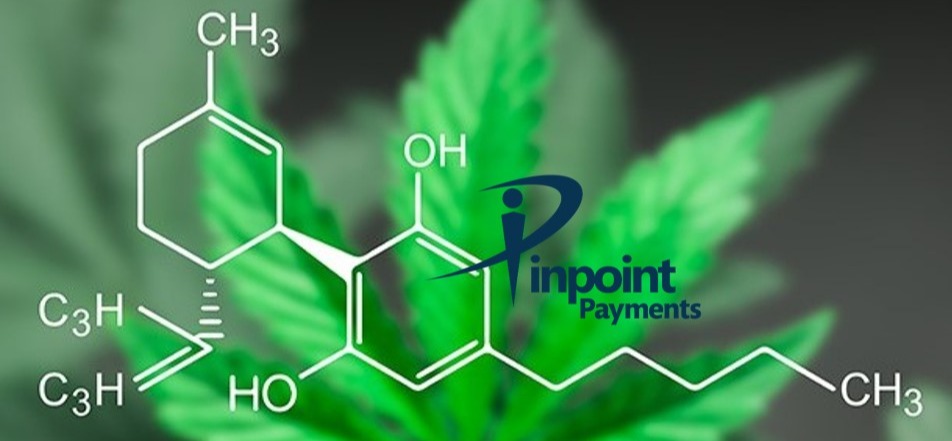The CBD Industry: Trends, Growth, and What’s Next

Ben Grossman
Aug 14, 2020
2 min read
The CBD industry is a “budding” industry. It’s one of the fastest-growing in the U.S. In an economy when many retailers are fighting to survive, CBD is growing. The 2019 numbers in the U.S. were impressive, with $5 billion in sales. Expectations are that it will hit $23.7 billion by 2023. That represents a CAGR (compound annual growth rate) of 107%! Impressive for sure, but are these numbers sustainable in a volatile and unpredictable world? And what other trends are on the horizon for CBD?
Pandemic Boosts CBD E-Commerce
E-commerce has been a popular channel for CBD purchases, but in-store shopping is also a huge contributor to revenue. Research from the Brightfield Group notes spikes in CBD e-commerce sales. Further, they found that 39% of consumers plan to use more CBD during COVID-19 because of its medicinal properties. Millennials and Gen Z were the most likely to consume more to treat things like anxiety, depression, and insomnia.
Some of this growth may relate to stockpiling, but the boost in sales may also represent new customers, seeking more natural or organic “cures” for what ails them. Further, more people are becoming comfortable with online purchases and consider it the safest way to shop.
What else will impact the CBD market in 2020 and 2021?
Overcrowding and Saturation
There are over 3500 CBD brands in the U.S. This explosive growth aligns with CBD availability and the relaxation of regulations with the 2018 Farm Bill passage. Most Americans now have access to the product.
It’s become a very consumer-friendly product, attracting customers that look for natural remedies. It’s non-psychoactive, so users aren’t hoping to get high. Instead, they use it for its medicinal qualities. This means the product can reach a broader market, far beyond that of traditional marijuana users.
After the Farm Bill was passed, investment in the industry surged as demand did. As with any maturing market, saturation is a consequence. However, some experts believe this overcrowding will lead to consolidation and verticalization.
As an emerging market, fragmentation is the norm. Leaders will rise to the top, acquiring others in the space. Along with consolidation, vertically integrating is also a possibility. If companies can own the production and supply chain, they’ll be more profitable. This would also deliver a reliable and consistent product to consumers.
Looking to grow your business in the CBD industry? Download this Free E-Book on everything you need to know to get started. Click Here.
Firms Will Seek to Cement the Medicinal Benefits of CBD
Some research in the area is available, offering a hint that CBD does have medicinal benefits. Much of the marketing of these products leans toward this angle. Tinctures, creams, and drops are popular to treat physical ailments.
Current research is substantiating claims. One study found that CBD could reduce the frequency of seizures among those with epilepsy. Researchers are also examining the potential of CBD as an Alzheimer's treatment. A clinical study found that CBD may decrease the rate of brain inflammation that accelerates the disease. This correlation is significant. Alzheimer’s is a disease that’s surging, and there are few treatments. As the population ages, it’s becoming an ever bigger public health issue.
Unique CBD Products Will Enter the Market
CBD is now found in the form of foods and beverages, with companies infusing CBD into everything from kale chips to craft beer. Health and beauty brands are pushing innovation even further, using it in their skincare products, while spas are offering CBD facials. The realm of possibility is almost infinite here.
The CBD Industry Future Looks Bright and Steady
CBD retailers have a lot to consider in the next few years, but overall, the future looks bright. CBD is a product that has considerable interest and numerous applications. As the industry evolves, we’ll be tracking it and sharing what we learn.
If you need help getting set-up, please contact us here.
